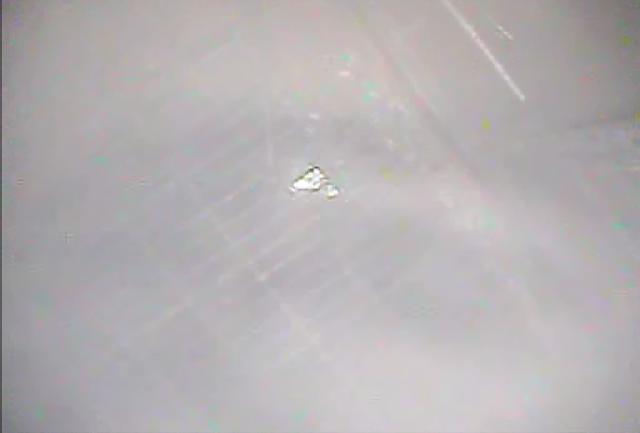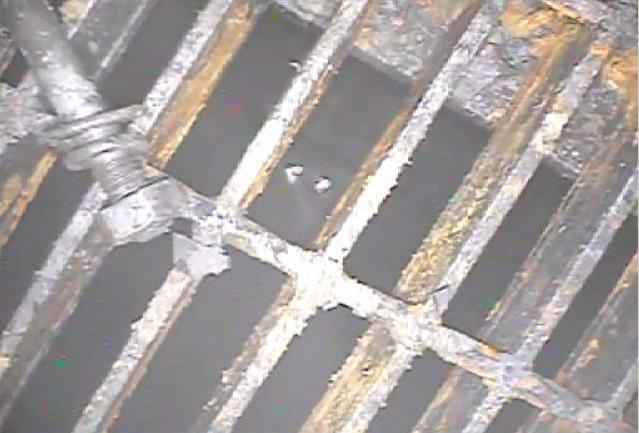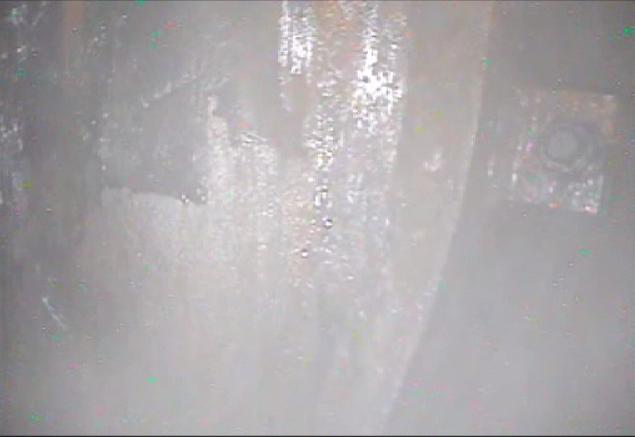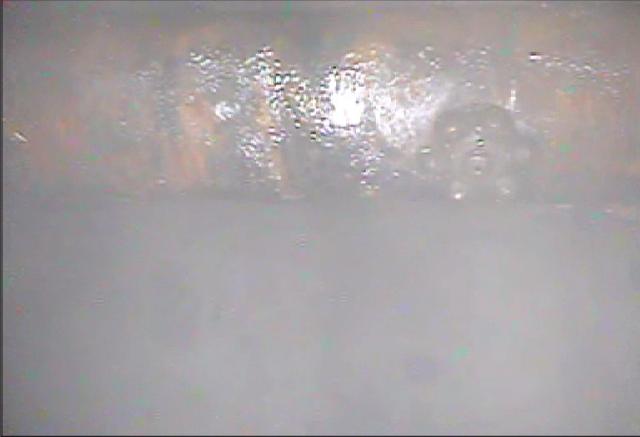TEPCO had already showed us a glimpse of what it was like inside the Containment Vessel of Reactor 1 at Fukushima I Nuclear Power Plant when the workers managed to
The company released the data on dose rates inside the CV and two videos (one is an abbreviated 3-minute video, the other is the full-length, over 2 hours) on October 10, 2012.
The highest level of radiation inside the CV was recorded right outside the X100B penetration tip, at 11.1 Sieverts/Hour.
According to TEPCO, the maximum radiation exposure for the workers was 2.13 millisieverts. That was much lower than the planned exposure of 10 millisieverts. The workers went in in several groups, so their exposure was nowhere near the 2-plus hours it took for the operation.
From TEPCO's handout for the press (10/10/2012), in English:
TEPCO will measure the radiation levels in the water under the grating, on October 11, and will collect the water sample on October 12.
So, when Prime Minister Noda went to the plant and gave a talk to the plant management on how progress had been made, the workers (TEPCO and Hitachi-GE Nuclear Energy) were preparing for this work which might expose them to 10 millisieverts in short time.
From TEPCO's Photos and Videos, 10/10/2012:
Grating:
A bolt, a nut and a hatch:
Drywell spray piping:








 Tokyo Time
Tokyo Time
![[Most Recent Quotes from www.kitco.com]](http://www.kitconet.com/charts/metals/gold/t24_au_en_usoz_2.gif)


6 comments:
Really recommend to download the whole video.
Highly interesting is the uncalm water surface in conjunction with the visible steam, together with the lack of "rain" like in #2.
So I believe the cooling water actually passes the RPV, before leaving part as water, part as steam.
And, the regular distribution of radiation could mean that the corium (or far majority of it) didn't leave #1's RPV. If this is the case, this would probably be good news.
So I look forward that "Toshit" (isn't this what you get when mixing "Toshiba" and "Hitachi"? ^^) will develop some telescope device so we can examine the the bottom part of the RPV to get some really useful information.
Thanks for the video and its explanation.
What's the temperature there, I wonder.
== Elena
Atomfritz. You saw it too. Why are there waves? Does it mean that the injected water is falling into this "pond"?
Hi Atomfritz.
Not really conclusive since it could well be that corium lies on the bottom of the CV, producing boiling water and steam as well. In order to ascertain (or exclude) both hypotheses we do really need the "Toshit" stuff you mention.
@ 12:10
First I imagined the picture of waves from a waterfall.
Then I remembered a video of lava in the water, with the steam bubbles causing waves...
@ 12:12
Correct, but the computer models are very simplified and I won't be amazed if some overlooked factors actually lead to unexpected results.
So, I'd not be surprised no matter what we see once the first video of the actual RPV bottom is made. No matter what we'll see, it will be creepy.
At least reactor 1's pressure had been released early, unlike the others, so the vessel wasn't under pressure stress when the core got destroyed.
This because Reactor 1 is of an older type (BWR/3) and has different flaws.
On pages 5+6 there is a description in this interesting document "Detailed analysis of the accident progression of Units 1 to 3 by using MAAP code", link: http://www.tepco.co.jp/nu/fukushima-np/images/handouts_120723_02-j.pdf
Low-melting instrumentation tubes and gaskets that self-destruct in case of a meltdown, working like an automatic pressure relief to the containment.
Bug or feature?
By the way, the next video has been released: http://photo.tepco.co.jp/en/date/2012/201210-e/121011-01e.html
In making the video, up to 51 workers have been irradiated: http://www.tepco.co.jp/en/nu/fukushima-np/images/handouts_121011_01-e.pdf
Post a Comment